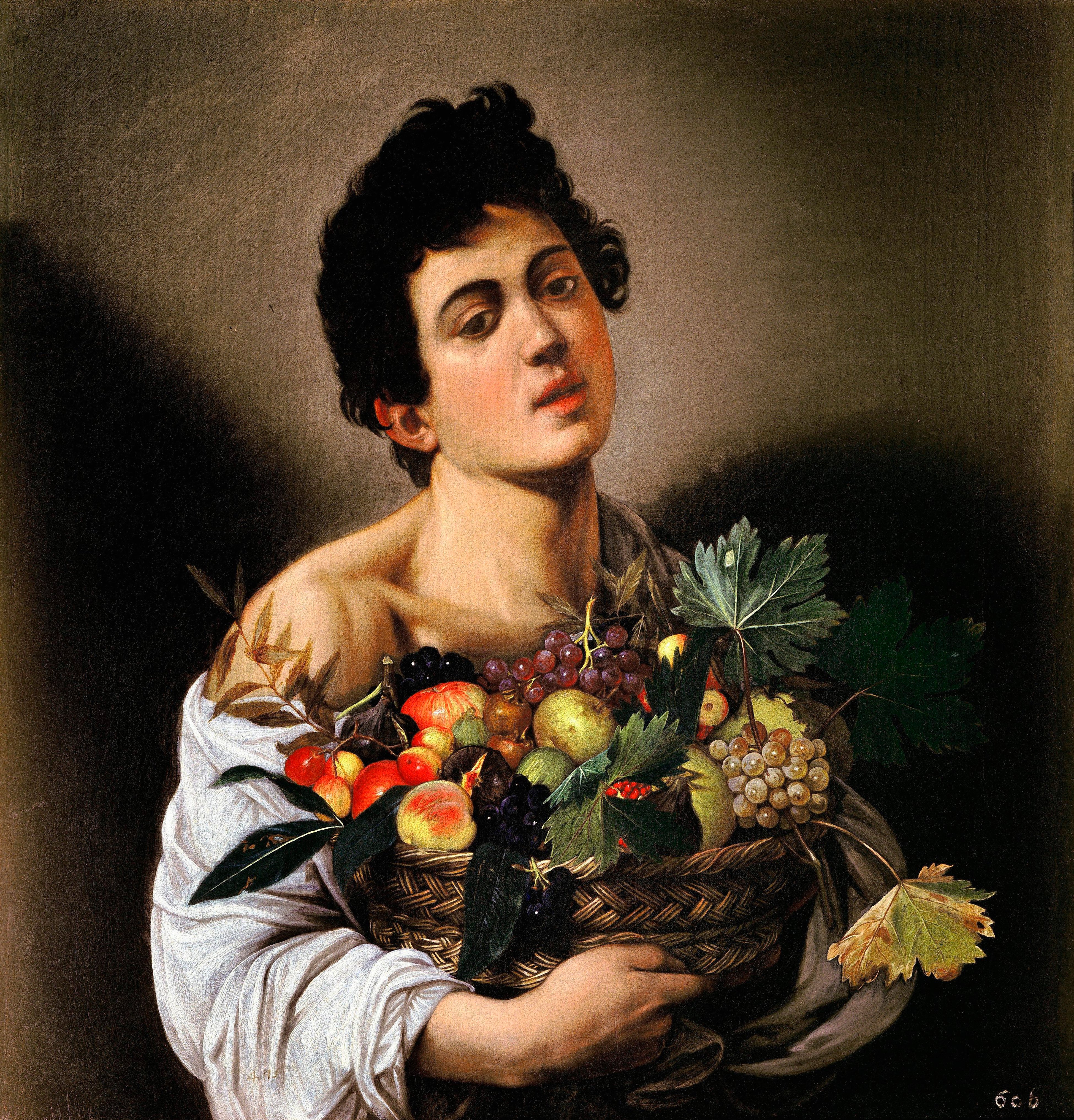
Summer is just around the corner and you know what that means: nature is blooming, flowers are popping up from the once frozen ground, and the literal fruit of farmers’ labor is bountiful and ripe for the picking.
As the art world wakes up for the first IRL art fair at Frieze New York this week, Maestro Dobel Tequila is presenting a lush “Artpothecary” installation to celebrate.
The project, entitled “The Fruit Chemist,” is the brainchild of Dobel’s Creative Director, Alejandra Martinez, who began working in the art world after graduating from college to support the work of local artists from her native Mexico. “Like art, tequila is a precious Mexican export,” Martinez says, explaining that the inspiration for the Artpothecary is the botica, a pharmacy-like store that was once ubiquitous around Mexico, where owners would create specially made, hand-concocted tinctures for the individual needs of their clients.
The piece, which is brought to life by the globally renowned designers Bompas & Parr, takes inspiration from the history of the soda fountain, and will be manned by an anonymous mixologist—the Fruit Chemist himself—who will concoct fruit-inspired cocktails for Frieze attendees.
Read on below to learn more about the project and see artworks that capture the history of fruit in art over the centuries.
Maestro Dobel Artpothecary’s ‘The Fruit Chemist’ is located at the Shed through May 9 at Frieze New York.
Giuseppe Arcimboldo, Vertumnus (1591)
The 16th-century artist Giuseppe Arcimboldo is synonymous with paintings of hybridized humans made from brightly colored plants, fruit, and vegetables. In this portrait, conceived to portray the Holy Roman Emperor Rudolf II, Arcimboldo used specific types of fruit and vegetables as allegories of political power and wealth.
Jan Davidsz de Heem, Still Life with Ham, Lobster and Fruit (ca. 1653)
Jan Davidsz de Heem, Still Life with Ham, Lobster and Fruit (ca. 1653). Courtesy of Museum Boijmans Van Beuningen.
The Dutch Golden Age in the 17th century was marked by a rash of still life paintings which often depicted tableaux of flowers, meat, fruit, and sometimes even insects. Scenes of rotting fruit or dying flowers in particular symbolized the fleeting nature of mortality, while others celebrated the bountiful harvests enjoyed by wealthy citizens and the more humble meals of the lower class.
Jean-Baptiste-Siméon Chardin, Still Life with Glass Flask and Fruit (ca. 1728)
Jean-Baptiste-Siméon Chardin, Still Life with Glass Flask and Fruit (ca. 1728) . Courtesy of Staatliche Kunsthalle.
Chardin was a beloved painter of 18th century life, admired by his instructor, Henri Matisse. He was also a great influence on both Édouard Manet and Paul Cézanne. In writings by Marcel Proust, a depressed young man is led toward enlightenment by encountering the paintings of Chardin and Rembrandt, setting the standard for engaging with art as a transformative experience. Still Life with Glass Flask and Fruit is one of Chardin’s more evocative works, and prominently features fruit.
Paul Cézanne, Nature morte pommes et poires (ca. 1888-90)
The painter Paul Cézanne was born in Aix-en-Provence when it had not yet become industrialized, like other cities in France. He often returned to domestic scenes where he would experiment with perspective and arrangements. In many of his works, the artist intentionally painted the tables on a tilt, so that the viewer could better appreciate his fruit’s form.
“The Fruit Chemist” by Maestro Dobel Tequila (2021)
The Artpothecary by Orly Anan for Maestro Dobel.
Maestro Dobel Tequila’s installation features a cornucopia of fresh fruits and flowers to complement its world-famous tequila, celebrating the return of live art fairs. In addition, the storied Maestro Dobel company, which created the world’s first Cristalino tequila, hired the anonymous Fruit Chemist to not only design, but also execute the most creative beverages with the best tequila for fairgoers.
The Fruit Chemist project is also the first iteration of the Artpothecary at Frieze New York, described by Martinez as a sort of “botica gone contemporary” with a “fruity and wild” energy. And to celebrate experimentation in mixology and art even further, Martinez also tapped artists Eduardo Sarabia and Orly Anan to create work infused with the same vibrancy and boldness as the rest of the project, thereby rounding out the installation.
Born from 11 generations of tequila-making legacy, Maestro Dobel leans on over two centuries of mastery to innovate through its portfolio of award-winning tequilas. Beyond activity at Frieze New York, Artpothecary will also host art-world experts and artists alike to bring to life a series of events, experiences, and partnerships across the United States.
Maestro Dobel® Tequila. 40% Alc./Vol. (80 proof). Trademarks owned by Maestro Tequilero, S.A. de C.V. ©2021 Proximo, Jersey City, NJ. Please drink responsibly.